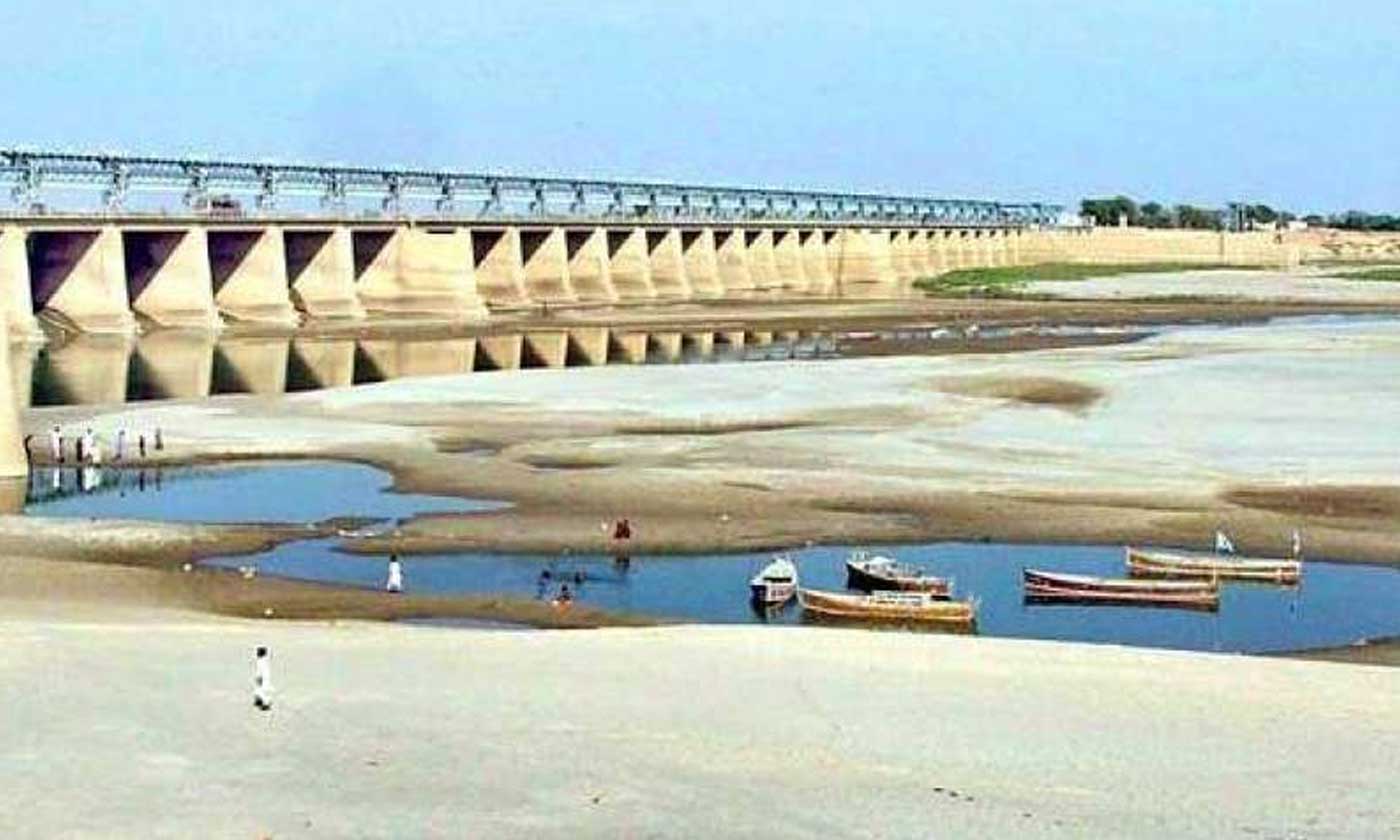Pakistan is a component of 36 countries that are water-stressed. There are several factors that have contributed to the water crisis in Pakistan, like a rise in population in urban areas, agriculture, mismanagement of the water system and global climate change . If the water crisis in Pakistan isn't solved, the impact felt by people within the country will worsen.
Impact of the Water Crisis in Pakistan
Currently, Pakistan is categorized as a water-scarce country because the yearly water availability is a smaller amount than 1,000 cubic meters per person. The country crossed this level in 2005. If it reaches 500 cubic meters, it'll become a rustic that's absolute scarce of water by 2025. The effect of the water crisis in Pakistan is already being felt among people. In Pakistan, 80 percent of individuals living in 24 major cities don't have access to wash water. within the slums of Karachi, 16 million don't have access to running water.
For many people that don't have running water, they're hooked in to water trucks to fill their personal and family water tanks. A water truck may come just one occasion every week . the shortage of running water is being exploited by what's called the water mafia, which may be a group of individuals that siphon water from the govt that's meant for local people and sell it to them for higher prices. Although the govt has tried to clamp down on water mafia groups, the mafia groups still exist.

What is Causing the Water Crisis in Pakistan?
Population Increase:
Pakistan is that the sixth-largest country within the world with quite 220 million people. Pakistan’s population in 2010 was 179.42 million. By 2025, Pakistan’s water demand could reach 274 million acre-feet while the availability of water could remain at 191 million-acre-feet.
Agriculture:
The commonly grown agriculture crops within the country are highly hooked in to water. The country grows rice, wheat, cotton and sugarcane. Crops like these are liable for 95 percent of the country’s water use. Poor water management in Pakistan is causing high water waste within the agriculture sector. Pakistan has an inefficient irrigation system that causes a 60 percent water loss. additionally , Pakistan has low tide productivity as compared with other countries. Water productivity is “the because the physical or economic output per unit of water application.” Pakistan uses tons more water to supply crops than in other countries.
Climate Change:
Pakistan gets its water from rainfall and rivers also as snow and glaciers melting. Because the rain is seasonal and 92 percent of the country is semi-arid, Pakistan depends on the rain for its water system . Pakistan is facing an increasing demand for food while it's experiencing a discount within the water system . one among the explanations that Pakistan will face a rise in water demand might be due to global climate change , which could increase the demand for water for crops. global climate change could cause the water within the soil to evaporate faster, which could increase the demand for water.

Helping the Water Crisis in Pakistan
In 2018, the Pakistan government called both national and international Pakistani to assist fund a $14 billion project to create two dams. The goal of the dam is to assist Pakistan store more water and to provide Pakistan with electricity. Although several Pakistani celebrities have donated towards the dam, there's still tons of cash needed to finish the project.
The government must take certain steps to hamper the water crisis in Pakistan. The Pakistan Academy of Sciences said that the country must expand its water storage, reduce water waste, improve water productivity and develop a framework which will help with the management of surface and groundwater. Although the clock is ticking for Pakistani’s water system , the govt has began to act. Hopefully, it'll be ready to undo a number of the damage before it's too late.




2 Comments
Keep it Up bro good work waiting for next article Make Money Onine In Pakistan
ReplyDeletethank you bro but online money is not my theme
Delete